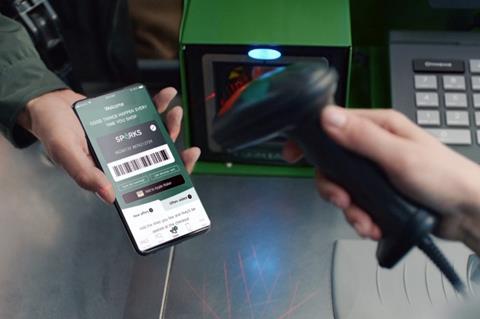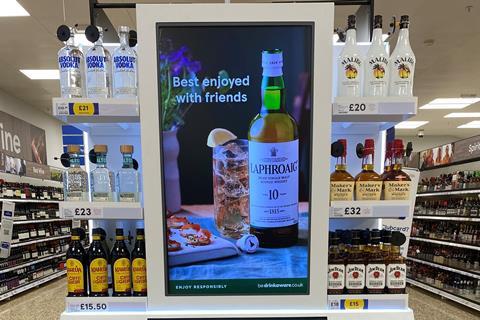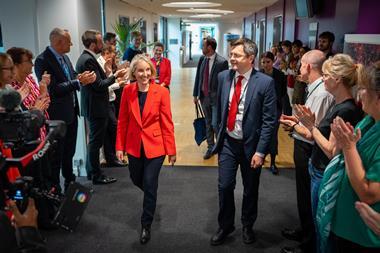
More money is being invested in retail media – and for good reason. So it’s important for fmcg brands to take stock and think differently about where and how those media budgets are spent.
Behind the headlines about stellar retail media growth, the truth is that building a great retail media strategy is difficult. Not all retail media networks are equal and not all retail media strategies are adequately tailored to the brand in question.
Retailers are racing to enhance or create retail media offerings. Some networks are developing sophisticated data products that can be used to target campaigns on channels like display and connected TV. Others are building digital screens networks that offer the ability to reach vast audiences at a highly influential moment in the customer journey.
But the reality right now is there is a new network launch or media capability development on a weekly basis. This pace of development, coupled with a lack of unification of buying entry points, means the retail media landscape is increasingly difficult for brands to navigate.
Read more: Tesco to expand digital screen network across 150 stores

What category of fmcg brand advertiser are you?
In broad terms, we’re seeing that fmcg companies in the UK fall into three categories when it comes to retail media.
Sitting at the advanced end of the scale are large multinational brands with significant in-house marketing resource, and the right combination of data and experience to deliver strong performance. They have budgets big enough to allow for test and learn investments, and this is enabling them to learn fast. Some are developing retail media divisions that are entirely dedicated to this pursuit.
At the other end are small challenger brands, emerging out of the startup phase and achieving listings in large retailers. Historically these brands found the cost of retail media prohibitive, but the scaling of biddable channels on e-commerce platforms is now giving them a ‘way in’.
And then there is the middle territory, probably representing the biggest proportion of brands. Medium-sized brands have both the biggest challenges and the biggest potential gains to make from retail media investment. These brands will have enough budget but often don’t have the marketing infrastructure or on-call agency knowledge to embrace retail media optimally.

How can the fmcg ‘middle’ invest well in retail media?
So what should the marketing teams of the fmcg ‘middle’ consider when it comes to getting the best return on their retail media investment? These are the questions you should be thinking about:
- How can my marketing organisation configure internally to engage with retail media effectively? The larger fmcgs are creating dedicated retail media divisions. If this is not possible in your organisation today, consider the systems and working practices that must be put in place to stitch cross-departmental campaign planning together internally.
- Should trade marketing be separated from retail media investment so that activity connected to buyer relationships is separate from brand marketing? Think about how your organisation currently engages with retail customers; there could be an opportunity to develop JMP agreements in addition to JBPs to maximise value for both parties.
- How best can I access insight, data resource and planning capability to vet and embrace what’s available now and cope with the stream of new opportunities emerging at pace? There are a handful of specialist agencies operating in this space with the track record and data availability to help make this process simple and maximise investment ROI.
- Do I need to spend heavily on first party data to drive campaign performance? Where do I have the use cases in my business to make this a valuable investment, and where will it layer in unnecessary cost? Define these internally based on the nature of your brand and category. If you’re an impulse brand, you may not benefit from the additional layers of first party data. If you’re in a more considered category, think about the moments where improved targeting will increase your chances of converting customers to buy.
- How should I best balance digital investment and in-store investment? Consider the fact that 80%-plus of retail sales still happen in a physical store.
- How do I design commerce-appropriate creative that works well in the context in which it’s seen? Think ‘store-back’ during your creative design process. Great ideas need to be distilled simply into one key message to work in a commerce environment.
- Ask the important but often missed questions – what actually are my campaign objectives? How do my sales and audience map against different retailers? What business case do I need to invest in this? Start right at the beginning of the marketing process so you’re not swept up in the hype and instead are making informed choices about where to place budget.
Fmcg brands aiming to invest at higher levels in retail media and across a wider scope of retail media networks should go back to advertising fundamentals to build a strategy that works in today’s developing landscape.



















No comments yet